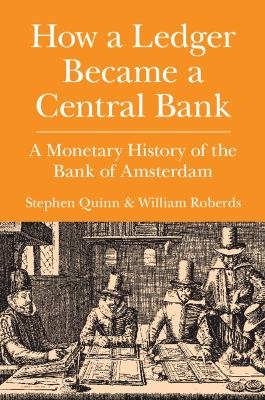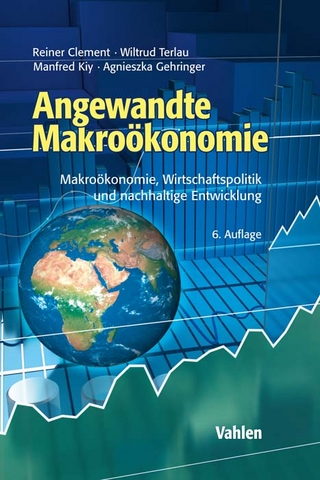
How a Ledger Became a Central Bank
Cambridge University Press (Verlag)
978-1-108-70615-5 (ISBN)
Before the US Federal Reserve and the Bank of England, the Bank of Amsterdam ('Bank') was a dominant central bank with a global impact on money and credit. How a Ledger Became a Central Bank draws on extensive archival data and rich secondary literature, to offer a new and detailed portrait of this historically significant institution. It describes how the Bank struggled to manage its money before hitting a modern solution: fiat money in combination with a repurchase facility and discretionary open market operations. It describes techniques the Bank used to monitor and stabilize money stock, and how foreign sovereigns could exploit the liquidity of the Bank for state finance. Closing with a discussion of commonalities of the Bank of Amsterdam with later central banks, including the Federal Reserve, this book has generated a great deal of excitement among scholars of central banking and the role of money in the macroeconomy.
Stephen Quinn is a Professor of Economics at Texas Christian University. He has published extensively on the origins of banking in London and Amsterdam, which has awarded him a visiting lectureship at the Bank of England and a New York Times Magazine Idea of the Year. William Roberds is a research economist and senior advisor at the Federal Reserve Bank of Atlanta. He has been an economist with the Federal Reserve since 1984 and has published academic research in the areas of finance, monetary policy, payment systems, and central bank history.
1. Similar yet different?; 2. The world of the bank; 3. Coins in eighteenth-century Amsterdam; 4. First steps, 1609–1659; 5. Emergence of the receipt system, 1660–1710; 6. Metal in motion: the mechanics of receipts; 7. Two banks and one money, 1711–1791; 8. Prussia's debasement during the Seven Years War: the role of the Bank; 9. The bank's place in central bank history.
| Erscheinungsdatum | 21.11.2023 |
|---|---|
| Reihe/Serie | Studies in Macroeconomic History |
| Zusatzinfo | Worked examples or Exercises |
| Verlagsort | Cambridge |
| Sprache | englisch |
| Themenwelt | Wirtschaft ► Volkswirtschaftslehre ► Makroökonomie |
| ISBN-10 | 1-108-70615-0 / 1108706150 |
| ISBN-13 | 978-1-108-70615-5 / 9781108706155 |
| Zustand | Neuware |
| Informationen gemäß Produktsicherheitsverordnung (GPSR) | |
| Haben Sie eine Frage zum Produkt? |
aus dem Bereich


